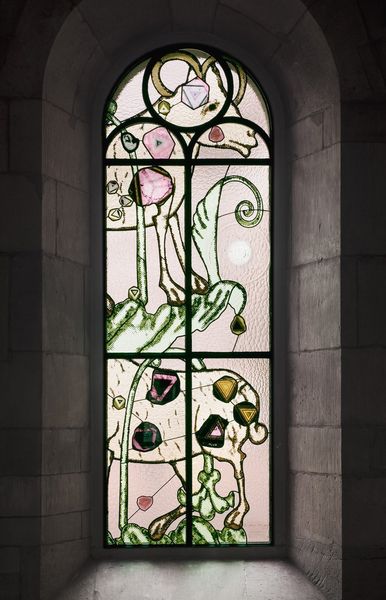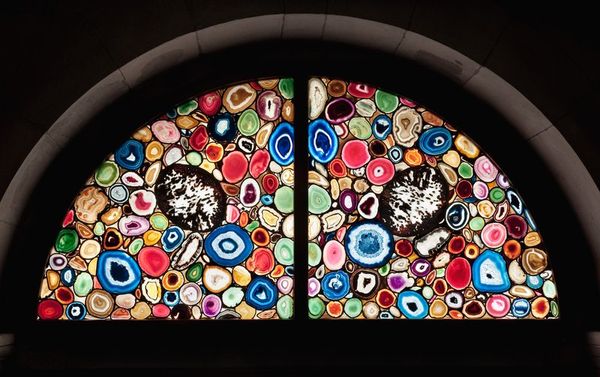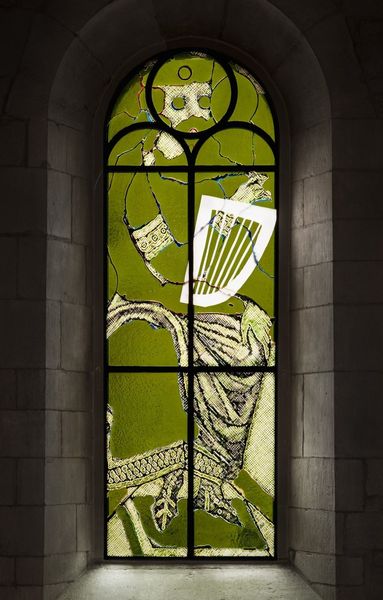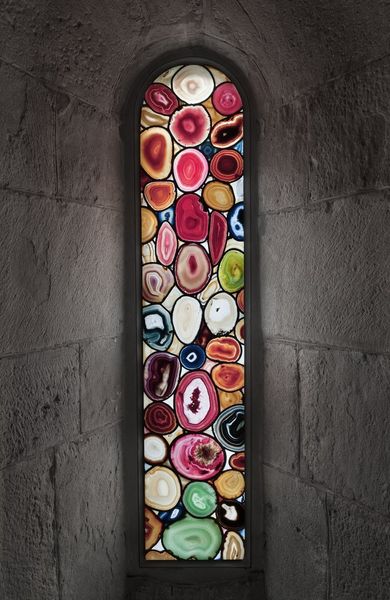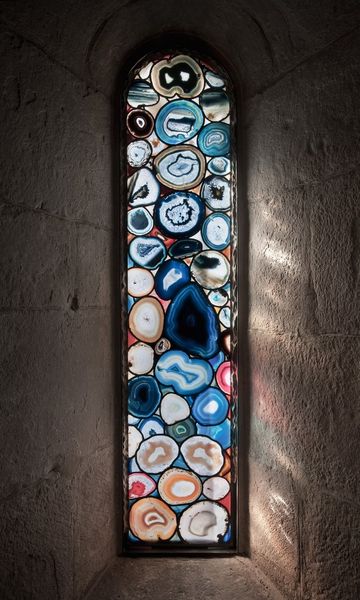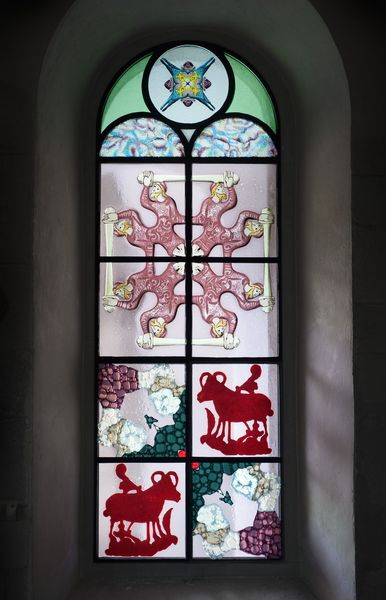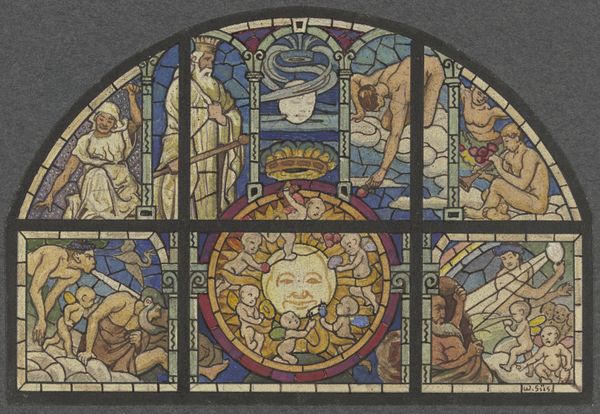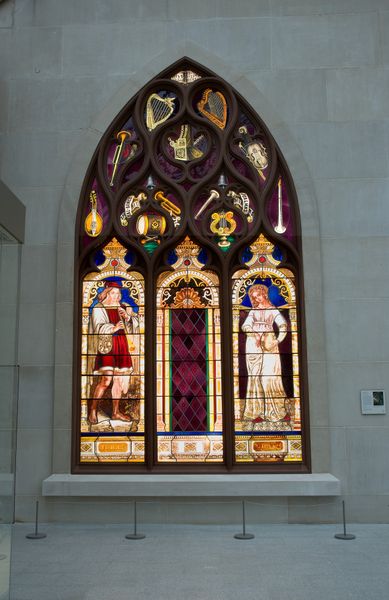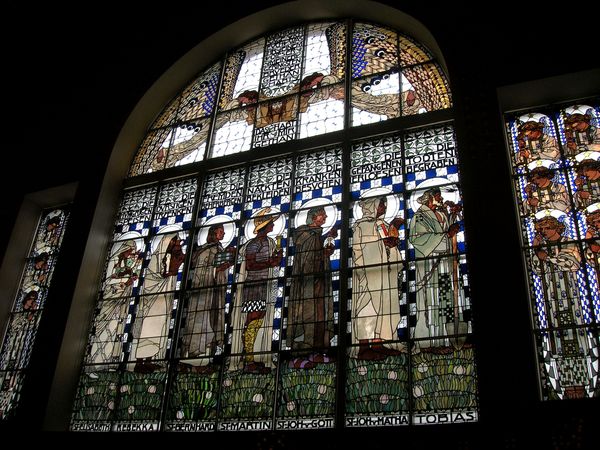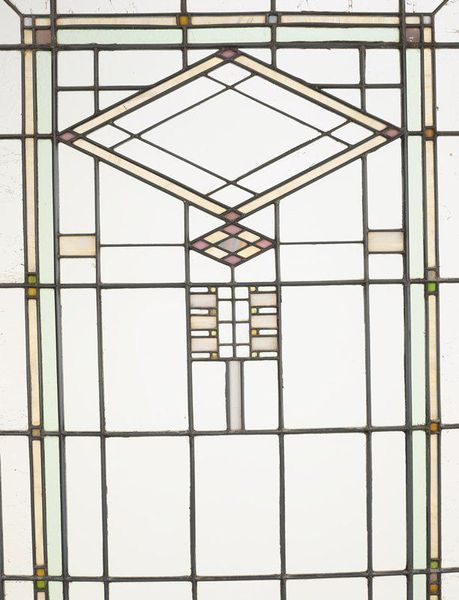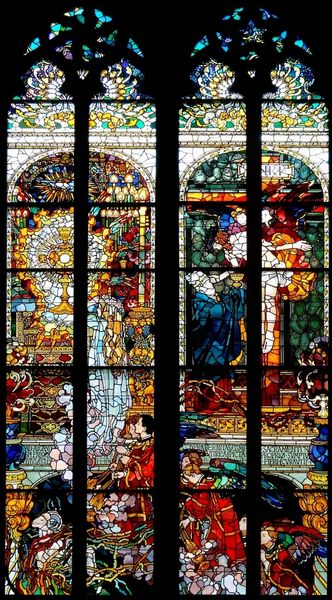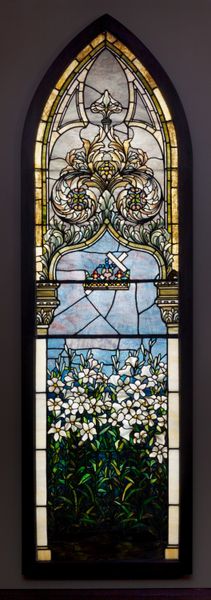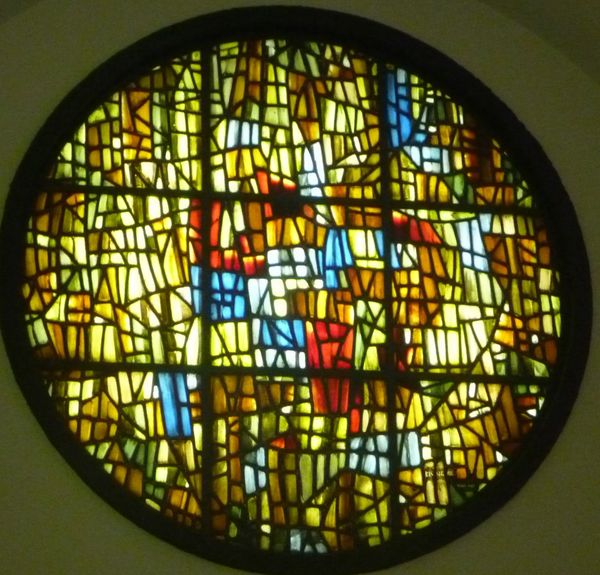
drawing, glass
#
drawing
#
byzantine-art
#
medieval
#
sculpture
#
historic architecture
#
glass
#
building art
#
capitalist-realism
#
history-painting
Copyright: Sigmar Polke,Fair Use
Editor: Here we have Sigmar Polke's "Elijas Himmelfahrt," created in 2009. It seems to be a drawing on glass, almost reminiscent of a medieval stained-glass window. What strikes me is how Polke blends the traditional religious imagery with a very contemporary artistic sensibility. How do you interpret this work? Curator: Polke's work consistently challenges traditional notions of authorship and meaning, and this piece is no exception. The title, "Elijas Himmelfahrt," immediately places us within a Judeo-Christian narrative, Elijah's ascension to heaven. But Polke isn't simply illustrating a biblical scene. What about the social and historical context in which Polke, as a German artist, is engaging with religious imagery? How does it reflect on post-war Germany and its complex relationship with religion and identity? Editor: So, you’re suggesting that he's not just depicting a religious scene but engaging in a dialogue about German identity? Curator: Precisely. And let's consider the material. The use of glass and the stained-glass aesthetic links it to church art, which historically served as a tool for religious institutions to convey specific ideologies. By subverting that form, is Polke perhaps questioning the authority of these institutions and their narratives? Editor: That's fascinating. I hadn't considered the historical and political implications so deeply. I was just focusing on the aesthetic. Curator: It’s easy to get lost in the immediate visual appeal, but Polke was always deeply concerned with the social and political undercurrents of image-making. This piece, with its fractured and almost chaotic composition, might even be a reflection on the fragmentation of belief in the modern world. Editor: It’s incredible how much more there is to unpack when you consider the historical and cultural context. Curator: Art rarely exists in a vacuum. By exploring the historical, social, and political dimensions of a piece like "Elijas Himmelfahrt," we can gain a much richer understanding of the artist's intentions and the artwork's ongoing relevance.
Comments
No comments
Be the first to comment and join the conversation on the ultimate creative platform.
